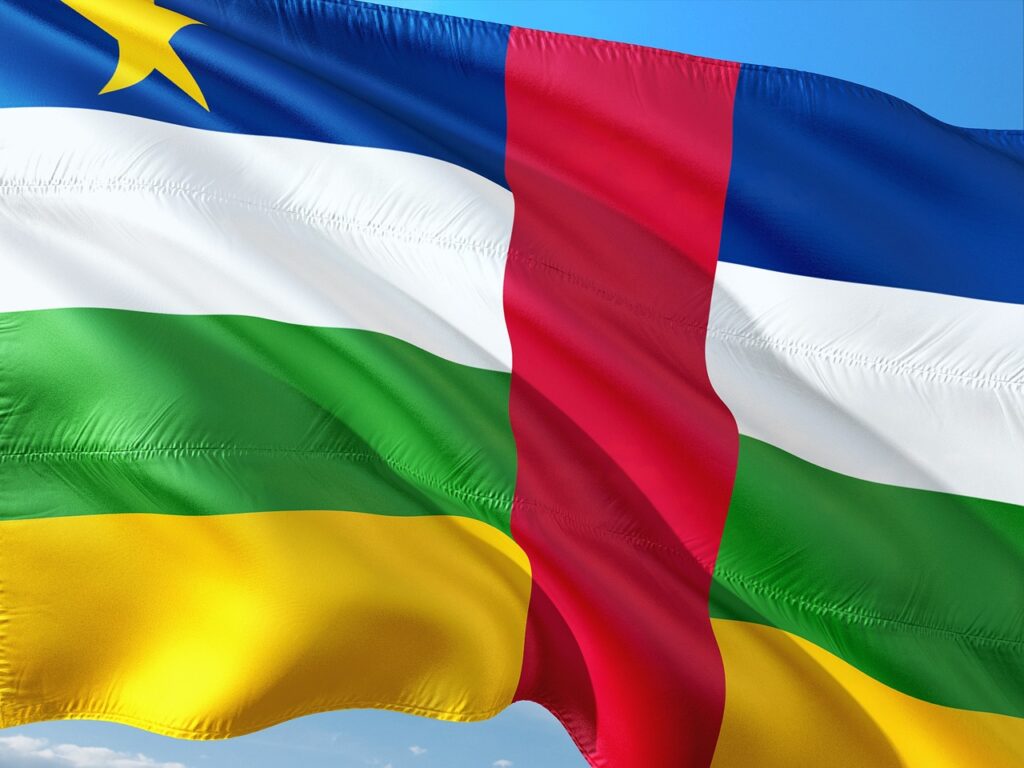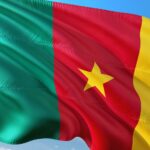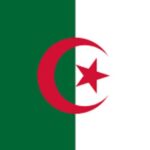The Central African Republic has had eight heads of state since gaining independence from France on August 13, 1960. Jean-Bédel Bokassa ruled as a de facto leader and as emperor from 1976 to 1979.
Other leaders include David Dacko, André Kolingba, Ange-Félix Patassé, and François Bozizé, who were all elected presidents.
Kolingba was the only leader to voluntarily step down after a democratic election in 1993. The current president is Faustin-Archange Touadéra, who has been in office since March 30, 2016.
READ ALSO: Complete List Of Burundi Presidents From 1966 Till Date
Complete List Of Central African Republic Presidents From 1960 Till Date
No. | Name | Term of office | Political affiliations |
|---|---|---|---|
— | David Dacko | 14 August 1960 – 12 December 1960 | MESAN |
1 | David Dacko | 12 December 1960 – 1 January 1966 | MESAN |
2 | Jean-Bédel Bokassa | 1 January 1966 – 4 December 1976 | Military, MESAN |
1 | Bokassa I | 4 December 1976 – 21 September 1979 | MESAN |
3 | David Dacko | 21 September 1979 – 1 September 1981 | MESAN |
— | André Kolingba | 1 September 1981 – 21 September 1985 | Military |
— | André Kolingba | 21 September 1985 – 21 November 1986 | RDC |
4 | André Kolingba | 21 November 1986 – 22 October 1993 | RDC |
5 | Ange-Félix Patassé | 22 October 1993 – 15 March 2003 | MLPC |
6 | François Bozizé | 15 March 2003 – 24 March 2013 | Military |
7 | Michel Djotodia | 24 March 2013 – 18 August 2013 | Military |
— | Michel Djotodia | 18 August 2013 – 10 January 2014 | — |
— | Alexandre-Ferdinand Nguendet | 10 January 2014 – 23 January 2014 | RPR |
— | Catherine Samba-Panza | 23 January 2014 – 30 March 2016 | Independent |
8 | Faustin-Archange Touadéra | 30 March 2016 – Incumbent | Independent |
Note: This table includes both elected presidents and de facto leaders.
Who Led The Central African Republic To Independence In 1960?
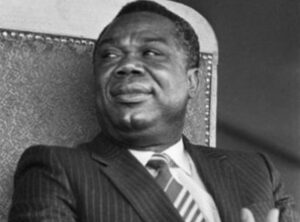
David Dacko was instrumental in leading the Central African Republic to independence in 1960. He was born on March 24, 1930, in Bouchia, which was part of French Equatorial Africa at the time.
Before he became a politician, Dacko was a teacher. However, his political career began under Barthélemy Boganda, who was the first Prime Minister of the Central African Republic when it was still an autonomous territory under French control.
Dacko worked in different government roles and learned about governance during this time. After Boganda died in a plane crash on March 29, 1959, Dacko stepped into leadership.
He claimed to be related to Boganda and took over as leader of the Movement for the Social Evolution of Black Africa (MESAN), the dominant political party.
His close ties with France helped him rise to power as France still had a lot of influence in its former colonies. On December 1, 1958, the Central African Republic became autonomous within the French Community, and on August 13, 1960, it gained full independence from France.
The very next day, Dacko was elected as the first President of the newly independent country. This was a moment of hope for the country, but Dacko faced many challenges.
The economy was struggling, and political opposition grew. In 1962, Dacko made MESAN the only legal political party, which meant no one could challenge him in elections.
However, the country’s financial problems worsened, leading to dissatisfaction among the people. By 1965, Dacko’s government was on the verge of collapse, and the country was facing the threat of a nationwide strike.
On December 31, 1965, Dacko was overthrown in a military coup led by Colonel Jean-Bédel Bokassa. Dacko was forced into exile, and Bokassa took over as the ruler, eventually declaring himself Emperor in 1976.
After several years, Dacko returned to power in 1979 with the help of France. He was made president again, but his second term was filled with many of the same challenges as his first.
His presidency ended in 1981 when General André Kolingba removed him from office. Dacko was the first president of an independent Central African Republic, and he helped.
However, his leadership also faced criticism for economic mismanagement and political repression. Dacko passed away on November 20, 2003, in Yaoundé, Cameroon.
READ ALSO: List Of Sudan’s Head Of State Since 1956
Who Is The Current Central African Republic President?
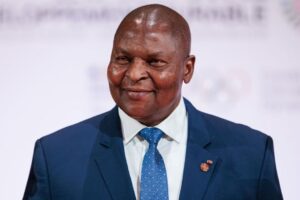
The current President of the Central African Republic (CAR) is Faustin-Archange Touadéra. He became president on March 30, 2016, after winning the presidential election.
He was born on April 21, 1957, in Bangui, the capital of the Central African Republic. Touadéra completed his secondary education in Bangui before continuing his studies at the University of Bangui and the University of Abidjan in Ivory Coast.
He later earned two doctorates in mathematics, one from France and another from Cameroon. After completing his studies, he returned to the Central African Republic and started working as a lecturer at the University of Bangui.
He became the rector of the university and improved education in the country. In 2008, Touadéra joined politics when he was appointed Prime Minister by President François Bozizé.
He led the government during a time of national conflict and worked on efforts to stabilize the country. However, he was dismissed in 2013 after a peace agreement called for a new prime minister from the opposition.
Touadéra decided to run for president in 2015. He finished second in the first round of voting, but in the second round, he won with around 62% of the vote.
In December 2020, he was re-elected for a second term with about 54% of the vote, despite ongoing challenges such as civil unrest and violence from rebel groups.
Since becoming president, Touadéra has faced many challenges, especially in maintaining security. His government has strived to stabilize the country, often with help from foreign military forces, including Russian mercenaries.
These foreign troops have been combating rebel groups. However, there have been concerns raised by the United Nations about human rights violations, with the reports of violence by foreign troops.
Touadéra is married to Brigitte and Marguerite, and they have three children. He is deeply focused on education and development, and he has used his academic background to shape his leadership style and policies.

